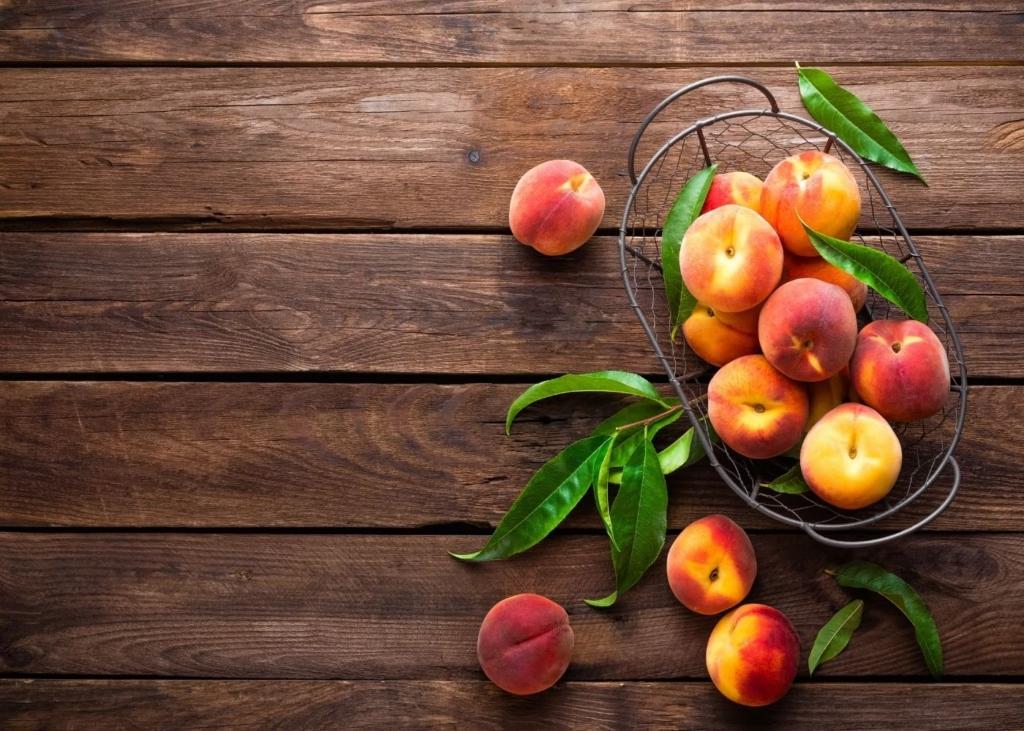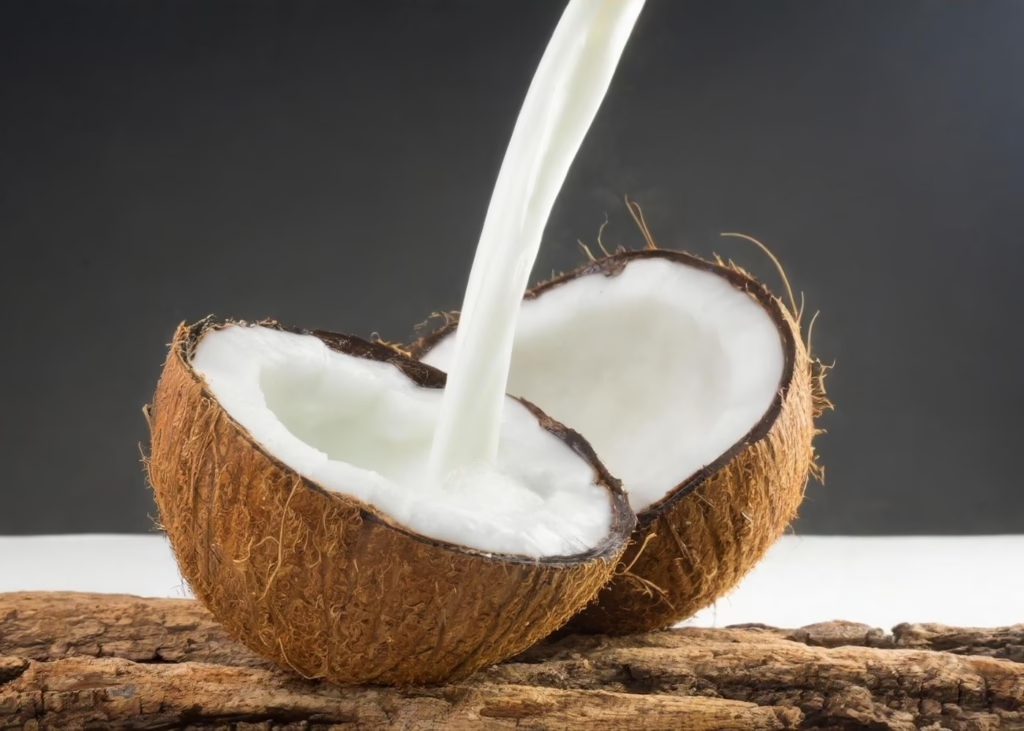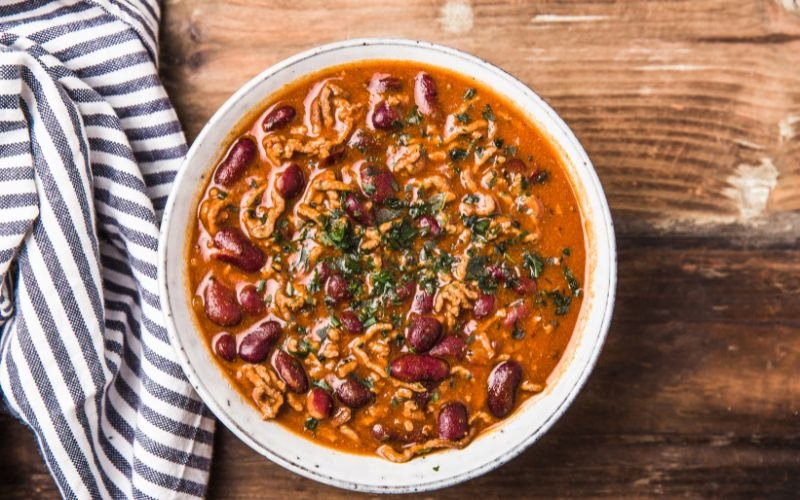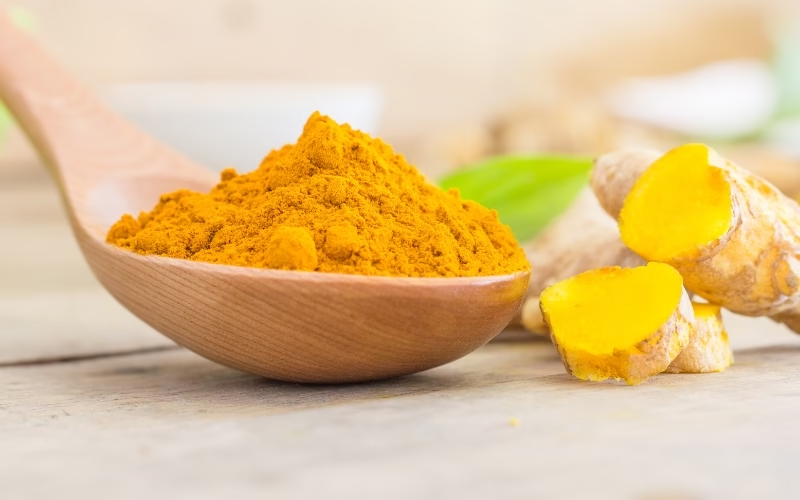Bread pudding is a dish that evokes a sense of comfort and home, its origins tracing back to the resourceful kitchens of generations past where no good food was ever wasted.
This particular recipe, a “Southern Style Turmeric Bread Pudding,” is a modern twist on a timeless classic, designed not just to comfort the soul but to nourish the body.
Turmeric Bread Pudding Recipe
Vegan Southern Anti-Inflammatory Delight
Ingredients:
- 1 loaf (about 8 – 10 slices) of day-old wheat or other vegan bread, cut into 1-inch cubes
- 4 tablespoons cornstarch
- teaspoon baking powder
- 2 cups unsweetened plant-based milk (oat or coconut) work well)
- 1 cup full-fat canned coconut milk
- 1/2 cup granulated sugar
- 1/4 teaspoon salt
- 2 teaspoons turmeric powder
- 1 teaspoon ground cinnamon
- 1 cup raisins
- 2 ripe peaches, peeled and diced
- 1 tablespoon vanilla extract or 1/2 teaspoon almond extract
- 4 tablespoons vegan butter, melted
Instructions:
- Preheat your oven to 350°F (175∘C). Lightly grease a 9×13-inch baking dish.
- In a large bowl, whisk together the cornstarch, baking powder, plant-based milk, coconut milk, sugar, salt, turmeric, and cinnamon until the sugar is dissolved and the mixture is well combined. Stir in the vanilla or almond extract.
- Add the bread cubes to the plant-based liquid mixture, pressing down gently to ensure all the bread is submerged. Let it sit for at least 30 minutes, or up to an hour, to allow the bread to fully absorb the liquid.
- Gently fold in the raisins and diced peaches. Pour the mixture into the prepared baking dish. Drizzle the melted vegan butter evenly over the top.
- Bake for 45-55 minutes, or until the top is golden brown and the center is set. A knife inserted into the middle should come out clean.
- Let the pudding cool for at least 15 minutes before serving. It is delicious on its own or with a light drizzle of maple syrup.
Health and Happiness

By incorporating key ingredients known for their health benefits and adapting it to be entirely plant-based, this dish transforms from a simple dessert into a mindful indulgence. At the heart of this recipe’s unique character are two powerful spices: turmeric and cinnamon.
Turmeric, with its vibrant golden hue, contains a compound called curcumin, which has been studied for its potent anti-inflammatory properties. It adds a subtle, earthy warmth that complements the other flavors without overpowering them.
Cinnamon, another aromatic powerhouse, not only imparts a classic warmth and sweetness but also boasts its own anti-inflammatory and antioxidant benefits. These spices, which are often overlooked in traditional baking, elevate this pudding beyond a mere treat.
Peaches and Cream
The choice of fruit also plays a crucial role in this recipe. While many bread puddings feature dried fruits, this one calls for fresh, diced peaches. Peaches provide a sweet, juicy burst in every bite, and they are rich in vitamins, minerals, and antioxidants, further contributing to the dish’s nourishing profile.
This is a deliberate departure from the standard, adding both textural contrast and a layer of wholesome goodness. The bread itself, whether it’s a simple sourdough or another dense vegan loaf, serves as the perfect canvas, its texture transforming from a crisp cube into a soft, custardy delight as it soaks in the luxurious plant-based liquid.

The conversion to a vegan pudding is made possible by a few thoughtful substitutions. The traditional egg and dairy custard is replaced with a rich blend of creamy oat milk and full-fat canned coconut milk, which delivers a luxurious mouthfeel similar to its dairy counterpart.
The cornstarch acts as a thickening and binding agent, providing the structure that eggs would normally offer. The natural sweetness from the raisins and peaches allows for a reduction in added sugar, making the pudding even more balanced and health-conscious.
Finally, the generous splash of vanilla or almond extract ties all the flavors together, creating a complex and comforting aroma that fills the kitchen as it bakes.
Our southern-style turmeric bread pudding is more than just a recipe; it’s a testament to the idea that food can be both delicious and deeply nourishing, marrying tradition with a modern, wellness-focused approach.







